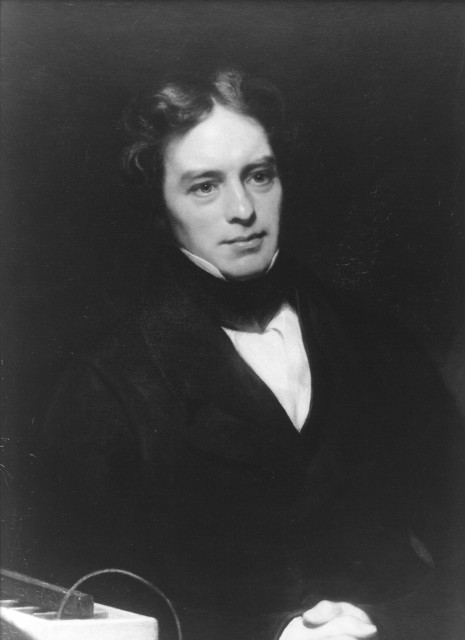Michael Faraday
1791-1867

Although best known for his researches on electricity and magnetism, Faraday also made major discoveries in chemistry. Most important are his laws of electrolysis: equal quantities of electricity produce equivalent quantities of ions at each electrode, and one gram equivalent of matter is chemically altered at each electrode for each faraday (96,500 coulombs) of electricity passed. Faraday introduced the terms electrolysis, electrode, anode, cathode, anion and cation. He was probably the first to use test tubes (instead of wine glasses) to contain liquids. He was the first to isolate benzene, deduced the correct formula for naphthalene and prepared its two isomeric sulfonic acids, studied gas liquification and was first to prepare liquid chlorine, carbon dioxide and many others. Like his mentor, Sir Humphrey Davy, Faraday became head of the Royal Institution in Great Britain and gave many lectures describing his ideas to the public in clear and simple language.
Sponsor: James L. Dye
Location in chemistry building: Third Floor; West Wing North Wall; Sequence 3
Source: National Portrait Gallery (London)